Kettle’s Yard: A Tour Through Cambridge’s Modern Art Gallery
Kettle’s Yard, a somewhat modest home in the middle of Cambridge, UK, harbors an impressive art collection of predominantly modern and abstract...
Ruxi Rusu 24 June 2024
The flesh in this context means animal flesh. Beef carcasses. Fowl. Fish. Photographs do not do these paintings justice. The thickness and thinness of the application of the paint needs to be experienced in person, in the flesh. The exhibit, Chaim Soutine: Flesh, which was presented in the Jewish Museum in 2018 showcased more than 30 paintings by Chaim Soutine.
Soutine was a Belarussian artist of Jewish descent born in 1893 as Chaim-Iche Solomonovich Sutin in Smilavichy. In 1913 he emigrated to Paris to pursue his artistic education at École des Beaux-Arts under Fernand Cormon. During his lifetime he developed a unique individual style reminiscent of old masters like Rembrandt, Jean Baptiste Chardin, and Gustave Courbet.
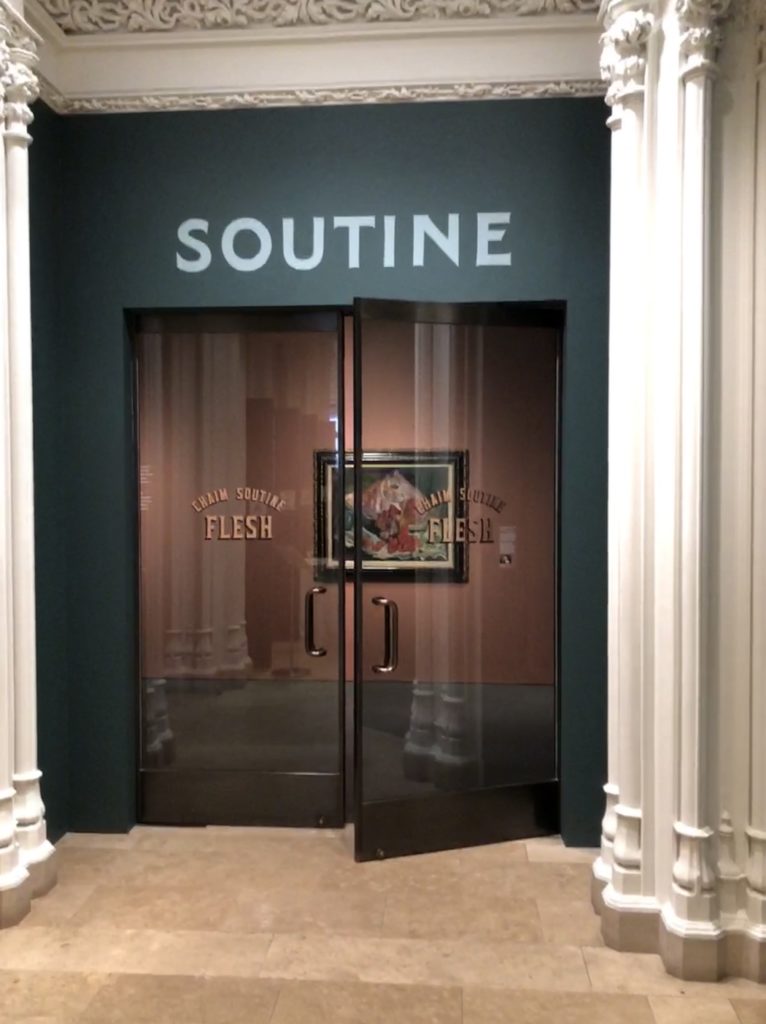
Each room of the exhibit had its own indescribable mood because the style of the paintings in each room was so different from that of all the others. The entrance to the exhibit is inviting. The name ‘Soutine’ is written in large capital letters. Below this name are two glass doors, beyond which the painting Still Life with Rayfish is visible.
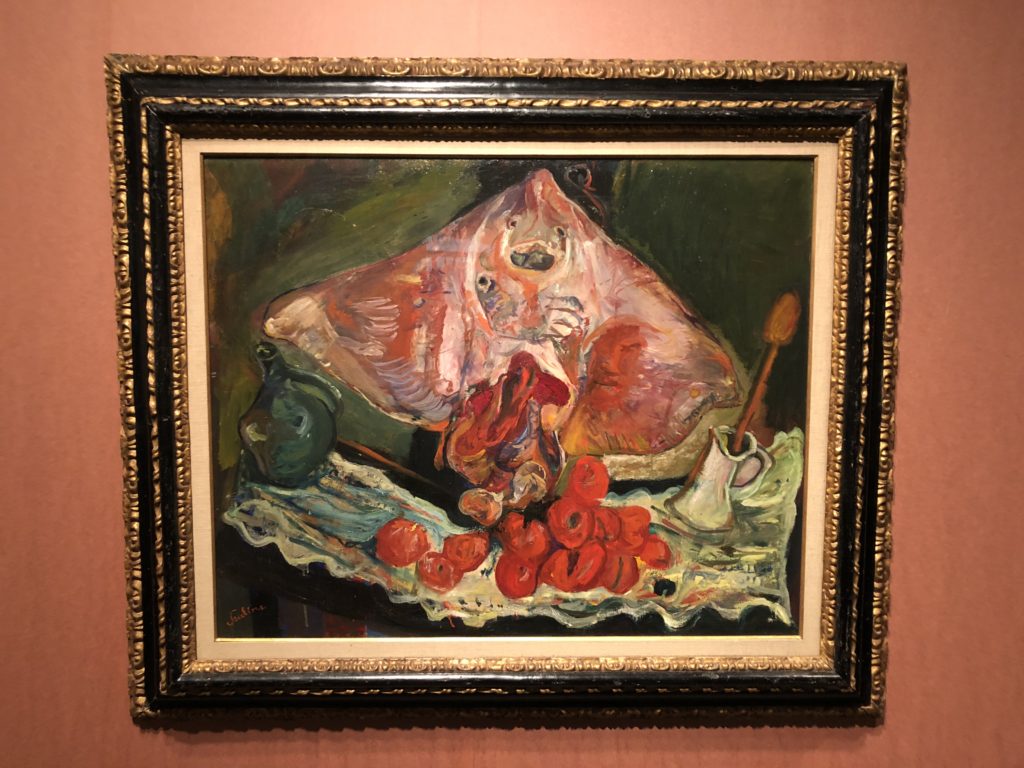
This painting, which was inspired by the Chardin painting, The Ray, from 1725-1726, is one of many examples of Soutine going to the museum (often the Louvre). Instead of merely copying the object of his inspiration, he uses the painting as a starting point to make a painting from his own unique perspective.

The paintings were well-lit, but the rooms they were in were dimmer than what one would normally expect. This, in combination with the earth-colored green and red walls and the dark gray-green floors with spots of white randomly scattered about, creates a contemplative and melancholy mood that may have resonated with Soutine’s state of mind while he was working.
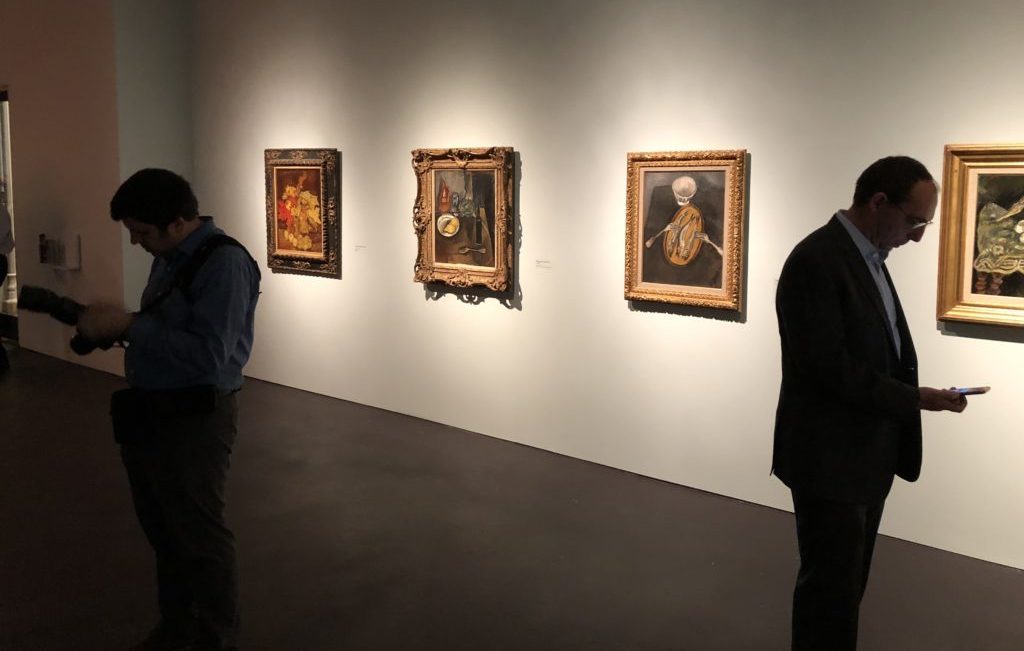
If Soutine had never painted a single portrait of a chef, or a pageboy, or a man praying; if he never painted a tree, or a house, or a blade of grass; he would still be one of the giants of 20th-century art on the basis of his still lifes alone.

Flowers and Fish, from 1919, explodes with excitement on the canvas. The diagonal direction of the fish and the fork gives the impression that the picture plane of the canvas is being crossed, that these objects are coming toward the viewer with a sudden jolt of energy.
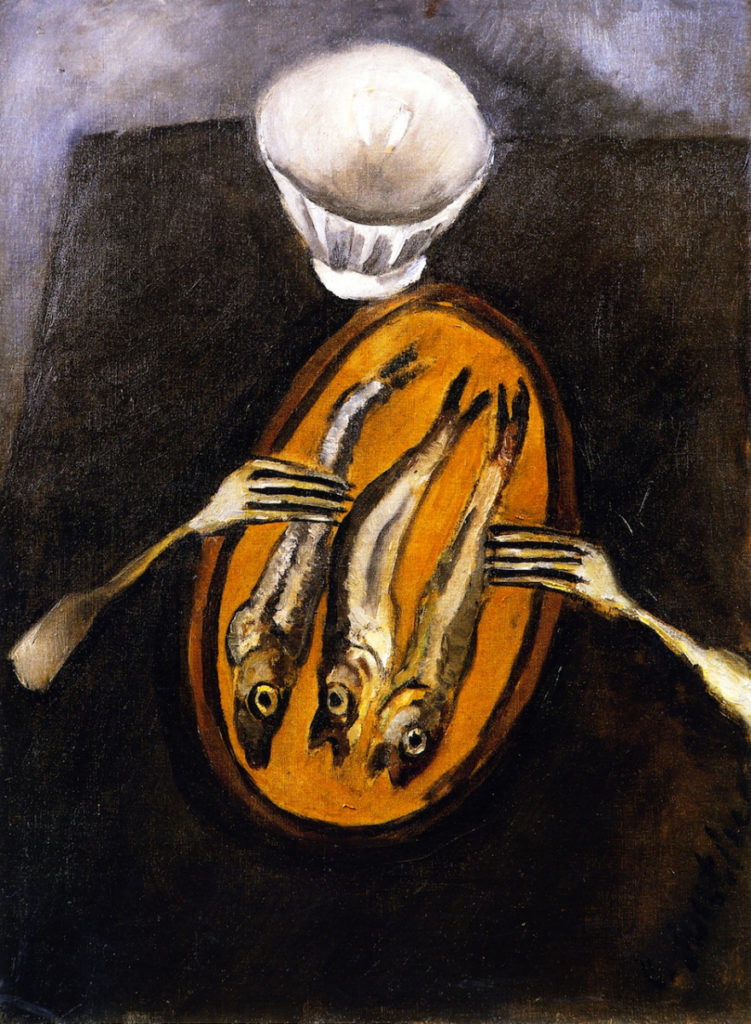
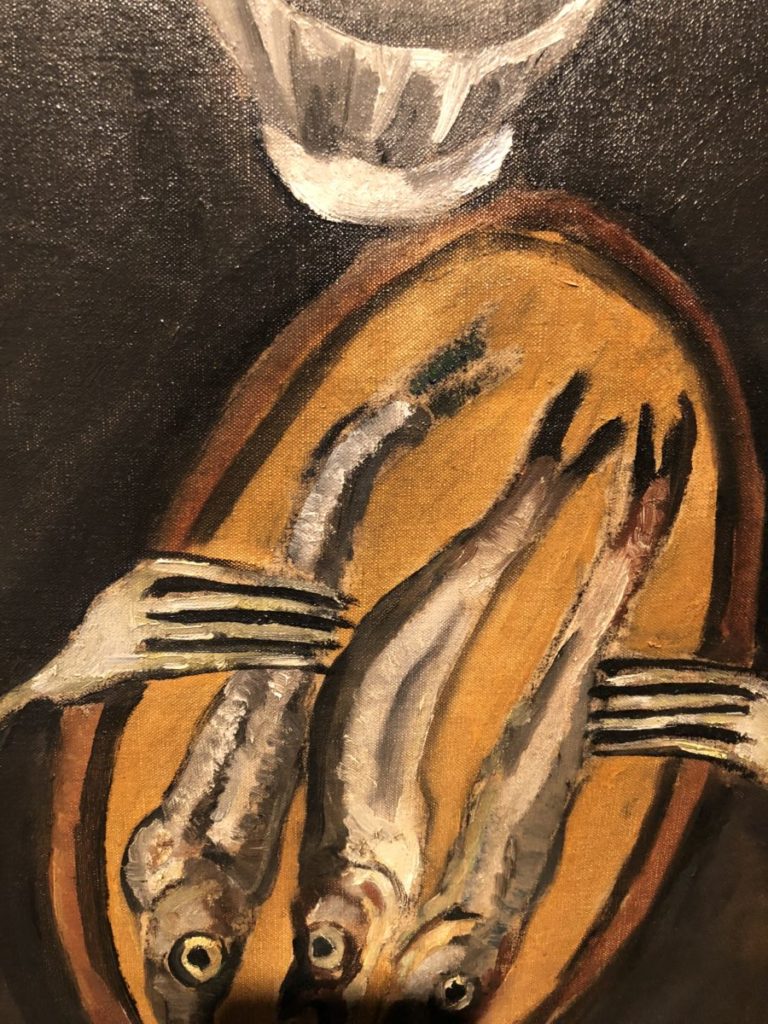
The bright reds of the flowers and the fish, set against a dark brown background, make these intense colors come forward as well. Soutine is taking an idea from the old masters of the Baroque period—the dark background receding while a more intense, thickly painted color comes forward—which runs counter to the two-dimensional leanings of modern art in which the backgrounds are lighter and brighter and the depth of the picture is compressed.
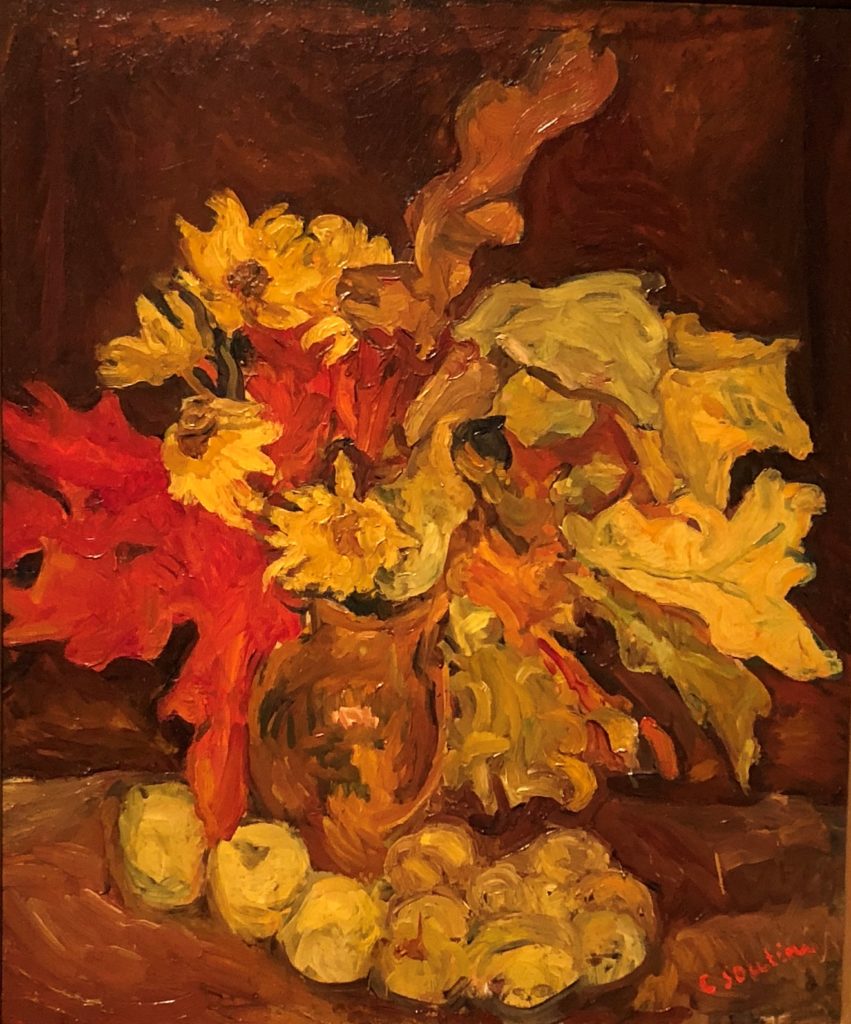
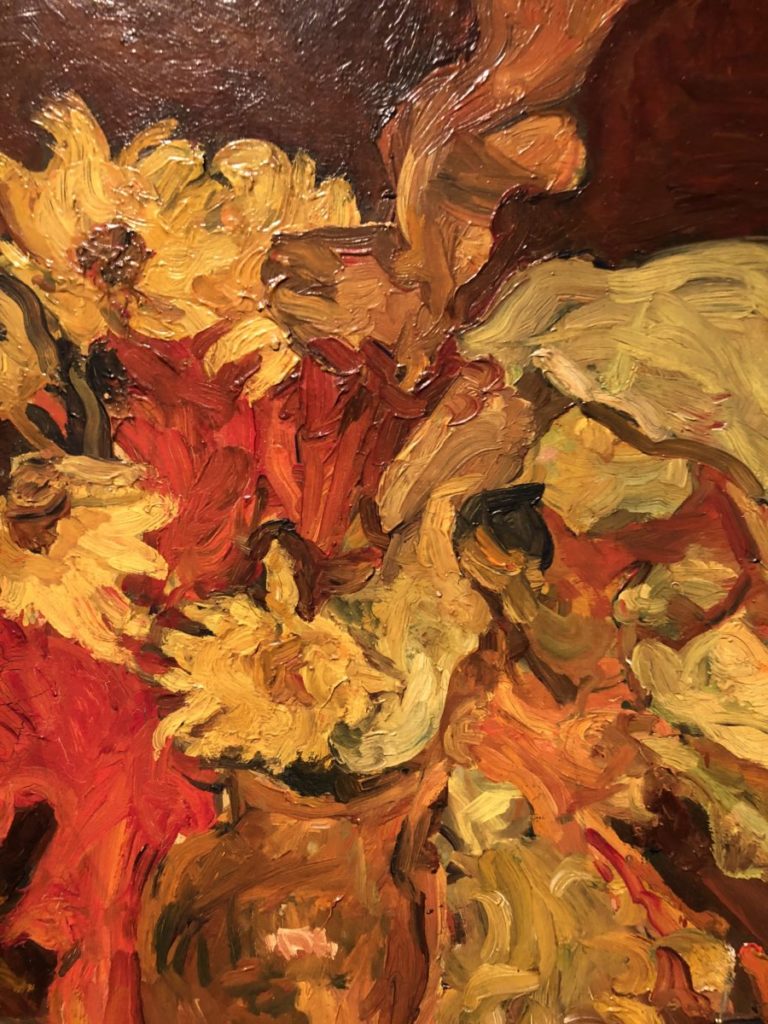
The later Soutines in this exhibit were more abstract in many ways than the earlier ones. When I photographed a detail of one of the earlier paintings, getting close enough to more clearly see the application of the paint, I was still able to identify the objects that were being represented. With the later paintings, the photos of the details appear completely abstract. By taking these photographs, I was able to see what may have inspired the artist Willem de Kooning and others to play with abstract expressionism.
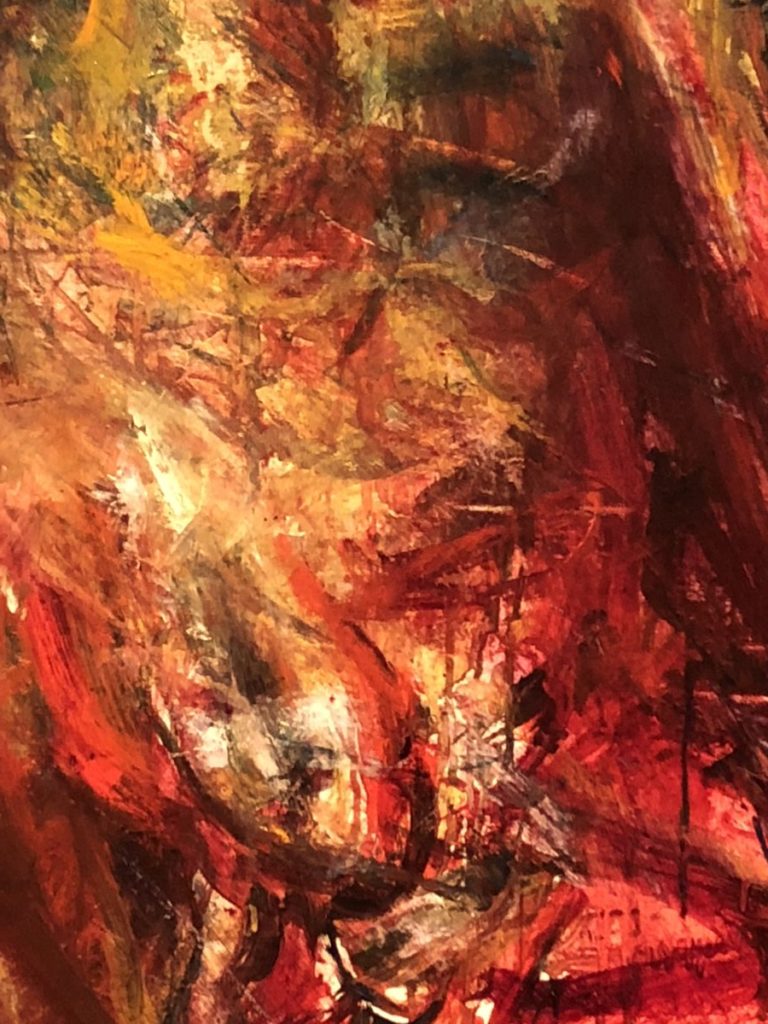
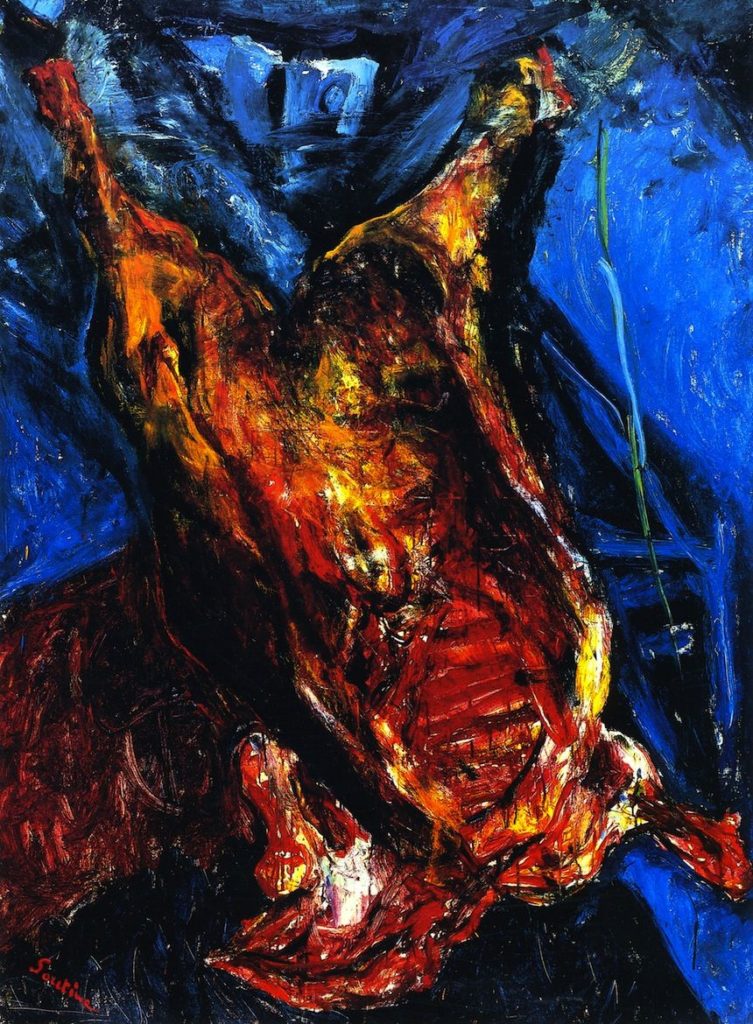
Two of the paintings in the exhibit were not still lifes; however, they bookmark the other paintings in a poignant way. The first painting is The Artist’s Studio, Cité Falguière, from 1916.
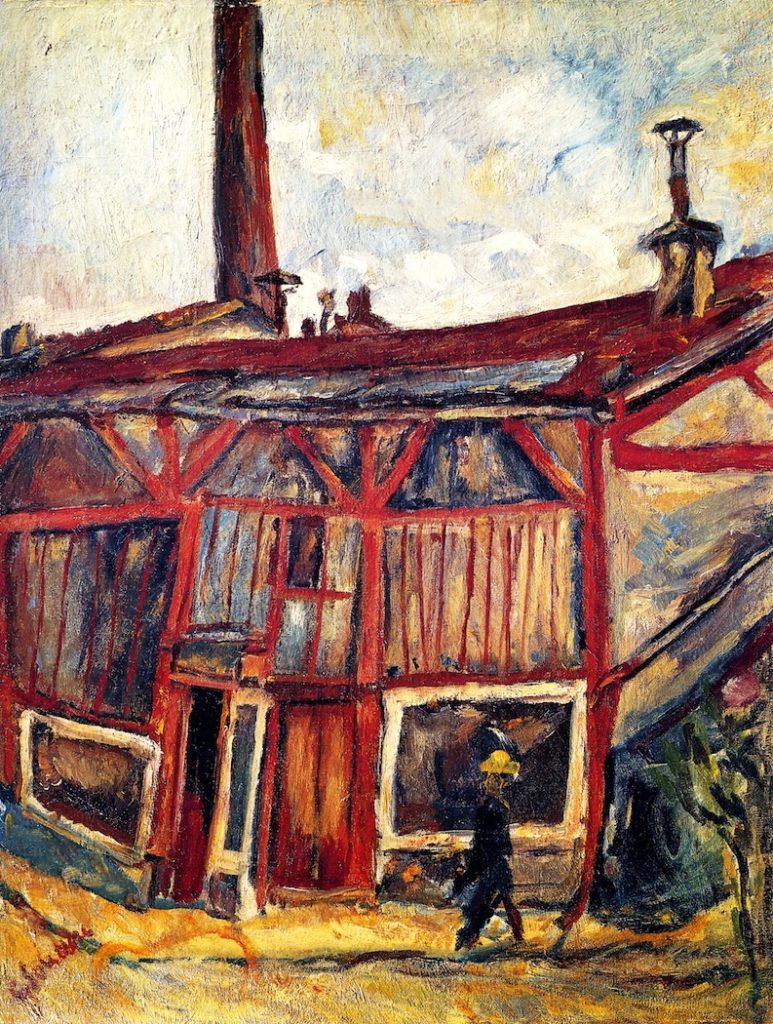
The contour of each object in the painting is well-defined. The abstraction is different from what was described above. Soutine repeats the rectangle throughout the composition. There are red rectangles and yellow rectangles as well as the two rectangles of the sky.
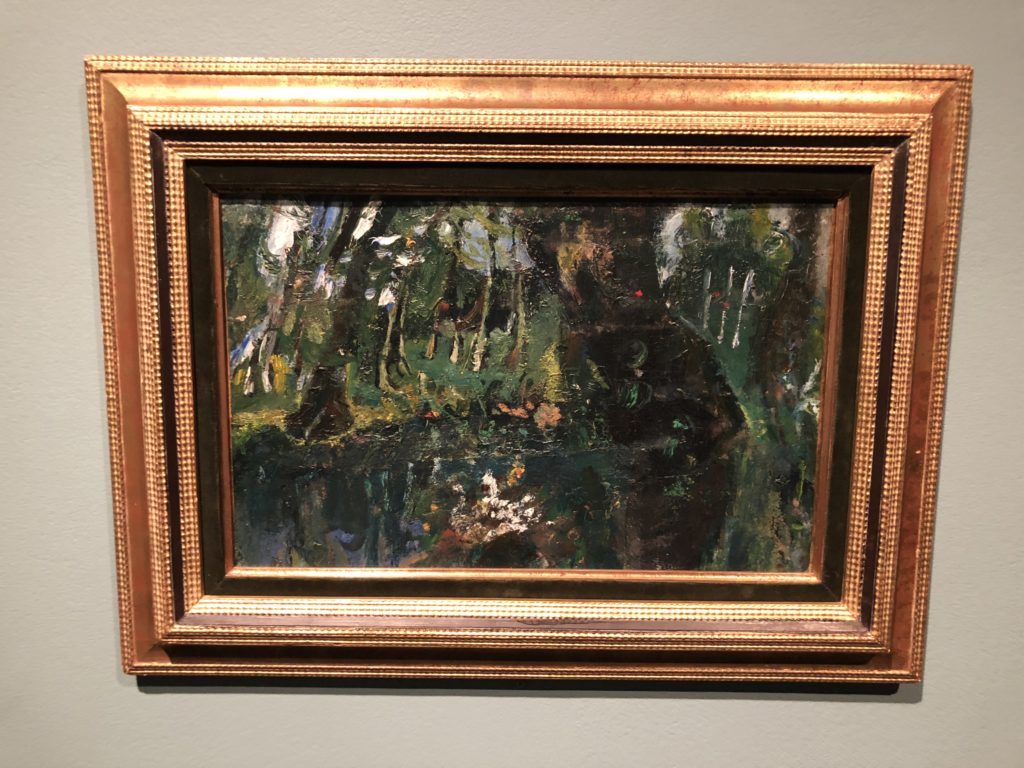
The other bookmark was the last painting of the exhibit, The Duck Pond at Champigny, from the Shmuel Tatz Collection. This was painted in July 1943, one month before Soutine’s death. In this painting, the contours are less well-defined. I believe that this ambiguity of contour freed the artist to go deeper within himself.
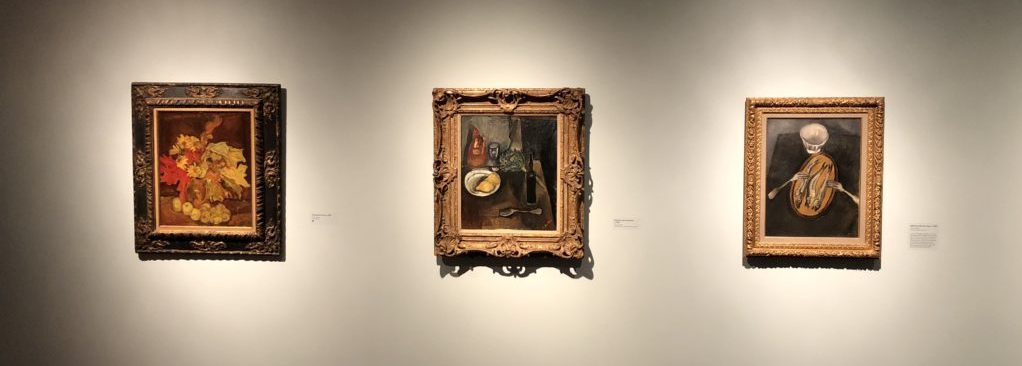
I see Soutine as a kindred spirit. I feel the passion he has for his art in every brushstroke. This exhibit captured the best of Soutine and has allowed me to relate to the subject matter of his still life paintings in a deep and profound way. Maybe this is because the struggle of the flesh that Soutine depicts mirrors the struggles that Soutine himself endured in his life.
DailyArt Magazine needs your support. Every contribution, however big or small, is very valuable for our future. Thanks to it, we will be able to sustain and grow the Magazine. Thank you for your help!